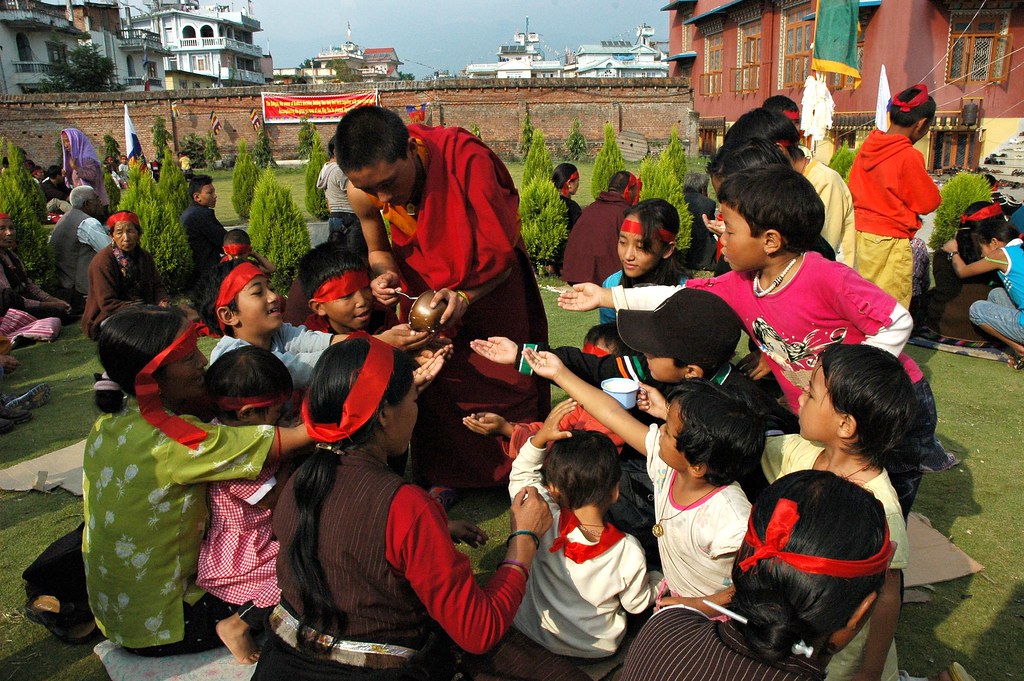Chapter 11: Ecological Relationships, Cooperation, and Altruism
Chapter Objectives
By the end of this chapter, you should be able to
- Distinguish costs and benefits of specific types of ecological relationships.
- Explain how ecological relationships connect to altruistic behavior via reciprocity.
- Connect ecological relationships and altruistic behavior.
Chapter Introduction
When you think of altruism, what comes to mind? Is it someone giving money to the homeless? Children sharing food during a school lunch? Donating blood or a kidney?
By definition, true altruism must benefit others at a personal cost, with little to no expectation of the favor being returned. In other words, altruism must override Hamilton’s Rule. From an evolutionary and biological perspective, this is incredibly idealistic.
So, is altruism real or are there other, underlying mechanisms behind what we perceive as altruism? Answering that question is the goal of this chapter.

the belief in or practice of disinterested and selfless concern for the well-being of others; behavior of an animal that benefits another at its own expense.

